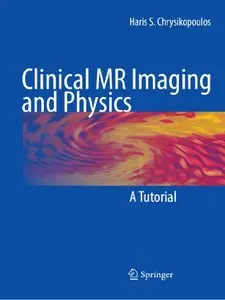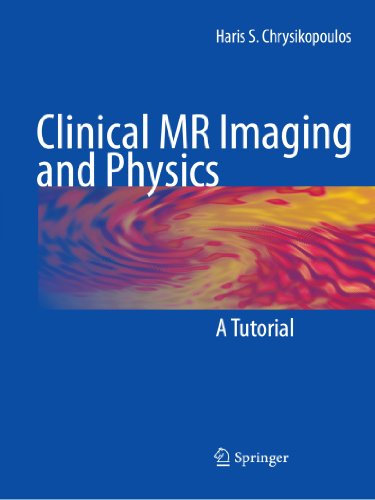Haris S. Chrysikopoulos, "Clinical MR Imaging and Physics: A Tutorial"
English | 2009 | ISBN: 354077999X | PDF | pages: 183 | 9,4 mb
English | 2009 | ISBN: 354077999X | PDF | pages: 183 | 9,4 mb
Keywords Spin › Electromagnetic radiation › Resonance › Nucleus › Hydrogen › Proton › Certain atomic nuclei possess inherent magnetic Let us summarize the MRI procedure. Te patient properties called spin, and can interact with electro- is placed in a magnetic feld and becomes temporarily 1 magnetic (EM) radiation through a process called magnetized. Resonance is achieved through the - resonance. When such nuclei absorb EM energy they plication of specifc pulses of EM radiation, which is proceed to an excited, unstable confguration. Upon absorbed by the patient. Subsequently, the excess - return to equilibrium, the excess energy is released, ergy is liberated and measured. Te captured signal producing the MR signal. Tese processes are not is processed by a computer and converted to a gray random, but obey predefned rules. scale (MR) image. Te simplest nucleus is that of hydrogen (H), con- Why do we need to place the patient in a m- sisting of only one particle, a proton. Because of its net? Because the earth’s magnetic feld is too weak to abundance in humans and its strong MR signal, H be clinically useful; it varies from 0. 3–0. 7 Gauss (G). is the most useful nucleus for clinical MRI. Tus, foC r urrent clinical MR systems operate at low, mid or our purposes, MRI refers to MRI of hydrogen, and for h igh feld strength ranging from 0. 1 to 3.
My Links
No mirrors please!
No mirrors please!



